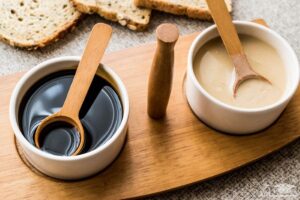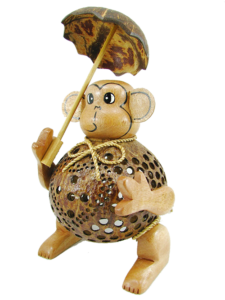You might already know that tahini comes from sesame seeds. Congratulations. You are on the path to true tahini enlightenment Tahini is basically sesame butter. Most high-quality brands contain just one ingredient: roasted sesame seeds. It’s not as sweet as most nut butters and can be used like peanut butter (or eaten straight off a spoon). You’ve likely encountered it in hummus, baba ghanoush or in halva — a sweet Middle Eastern confection with the most wonderful crumbly texture.
How to use TAHINI?
Well, remember how we said you can essentially use it like peanut butter? Yeah, do that. Swirling tahini into cakes and brownies creates cool patterns and a nutty flavor. Baking it into cookies takes you down a similar but different path than a classic peanut butter cookie. You can also use it to create some heft and mild, toasty flavor in creamy salad dressings and vegetable dips, or you can add it to sauces for stir-fried noodles or vegetables. A quick spread over some toast with honey or bunch of pickles works well too. And yeah, of course, there’s always hummus.

What is the difference between good and bad TAHINI?
There’s a difference between good and bad tahini. The best tahini is mildly nutty, creamy, and savory—you should want to eat it with a spoon. It’s rich and luxurious, with a texture like a loose nut butter. Bad tahini, on the other hand, can be bitter and astringent, bordering on acidic, and can be dry with an almost chalky mouthfeel. Which is all to say, it’s important to grab the best you can when you’re strutting through the aisles at your local grocery store. Trusting a brand is the easiest way to avoid a negative tahini experience, which everyone dipping their freshly toasted pita at your party will appreciate.



